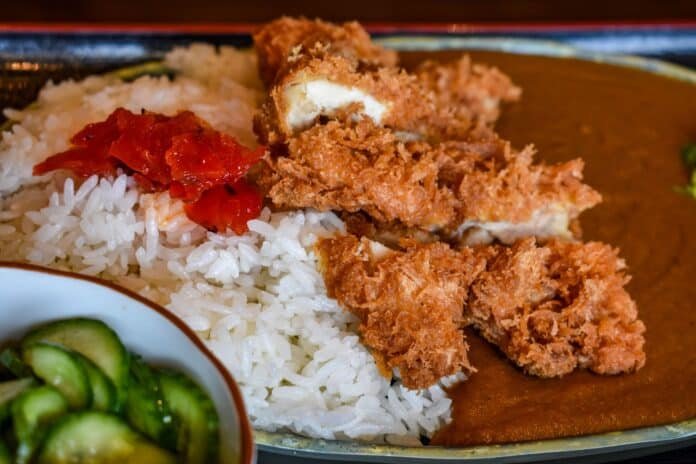In the world of traditional Japanese food in Long Beach, Philippines-born and classically Japanese-trained Chef Erwin Angeles has long been at the helm. Kihon—his Naples sushi space, which has been serving the community for over a decade—reflected a style and approach to sushi that went beyond our Thai-, Korean-, and Cambodian-influenced sushi spots that dominated the scene with elaborate rolls. Honing his own shūshin koyō—the Japanese concept of a lifetime career in a single place or profession, exuding pride in what you do—the chef is widely respected in Long Beach for his love of Japanese cuisine.
Tanuki Curry House is no exception to that. It brings the type of curry that is found on nearly every street corner in Japan—think CoCo Ichi or Hinoya—and, more locally, Gardena and Torrance. (Fun fact: Curry is Japan’s most consumed dish, surpassing sushi or ramen in Japan—and, more locally, in Gardena and Torrance.
Named after the mischievous, raccoon-meets-dog, shape-shifting creature that dominates Japanese folklore, Tanuki exercises a different side to Chef Erwin’s love for Japanese cuisine.
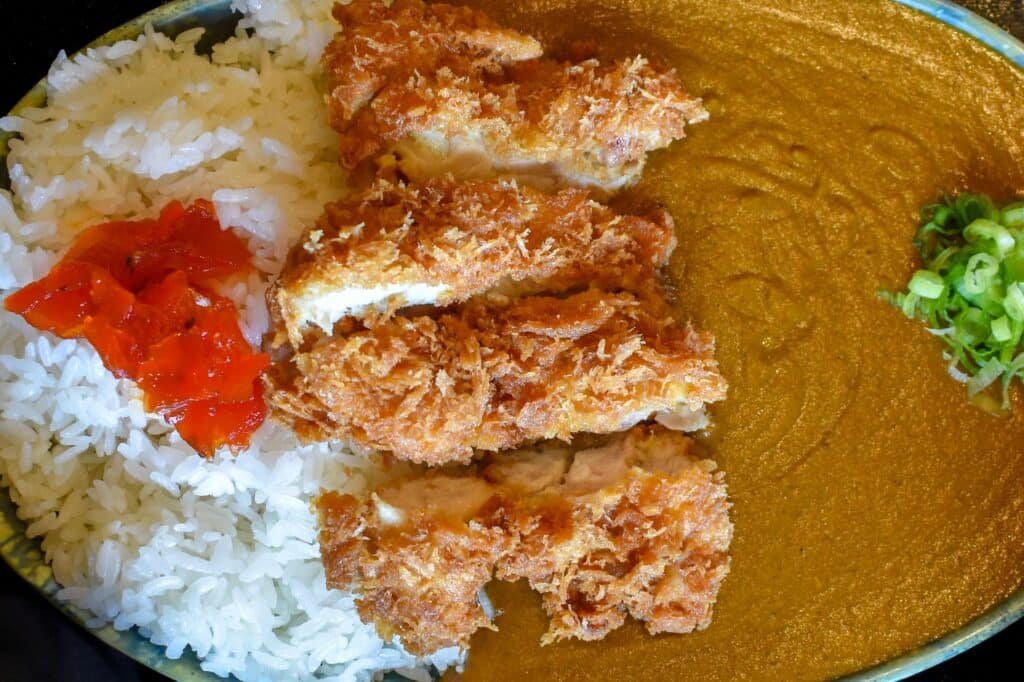
Japanese curry is all about balance and hyper-savoriness—a direct counterpart to the curries of India and Thailand.
Japanese curry has a fascinating history that reflects Japan’s broader relationship with Western cuisine. Introduced during the Meiji era (late 1800s) via the British Navy—who themselves had adopted curry from India under their brutal colonization of the country—Japanese curry was adapted to suit local tastes.
What makes Japanese curry distinct from its Indian and Thai counterparts is its rich, mildly sweet, and deeply savory flavor profile. Unlike Indian or Thai curries, which often showcase complex spice blends with prominent heat or lean on aromatic herbs and coconut milk for brightness, Japanese curry is all about balance.
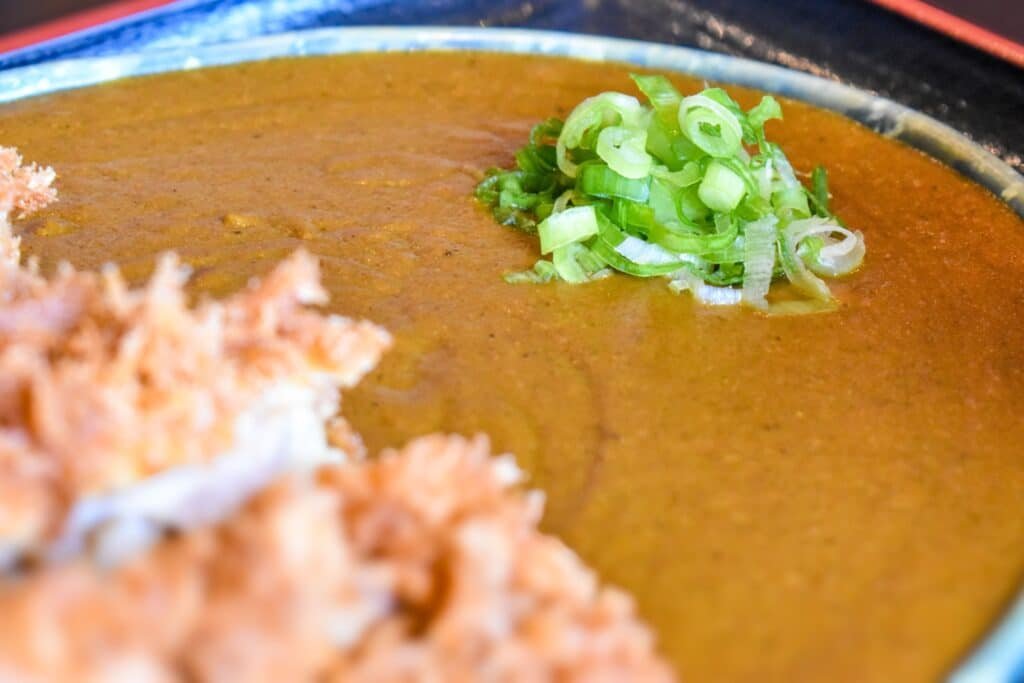
“Our curry takes 24 hours to make,” Chef Erwin said. “Everyone said, you have to use S&B curry powder. It’s what even the best spots in Japan use. So we use that—but we toast it. Just like we do everything: the onions, carrots, apples, tomato paste… We caramelize it all to provide that richness. We make it sing.”
The result is a thick, stew-like sauce that’s usually served over rice, tucked into breaded cutlets, or even used in udon noodle soups. All of which Tanuki offers. It’s comforting, unpretentious, and uniquely Japanese—less a firework of flavor and more a slow-burning, nostalgic warmth.
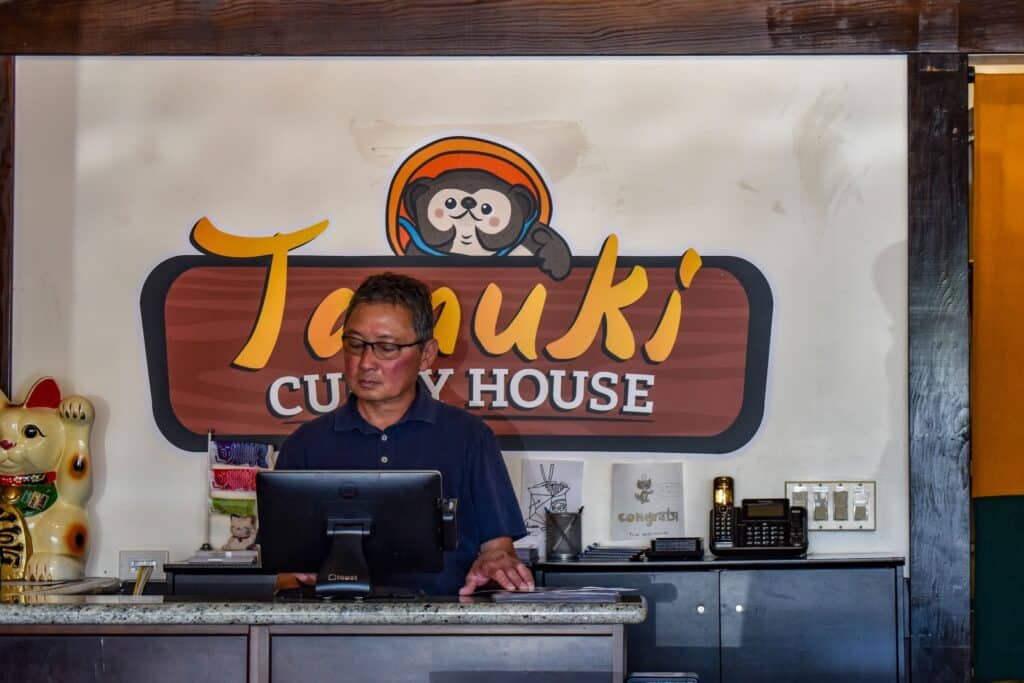
How did Tanuki Curry House come to be?
“I hated curry. Even the Japanese kind.”
This is how Chef Erwin will tell you of the beginning of Tanuki Curry House—and there is no irony to be lost on, even as he laughs while saying it. Tracing it back to a “neon green chicken curry” that was served to him by a lunch lady in the Philippines, Chef Erwin had been “scarred for life.” But he ultimately had a restaurant on his hands. Previously Kashiwa Sushi, its owner, Chef Keichi Nakai, had developed a friendship with Erwin that was forged on the greens.
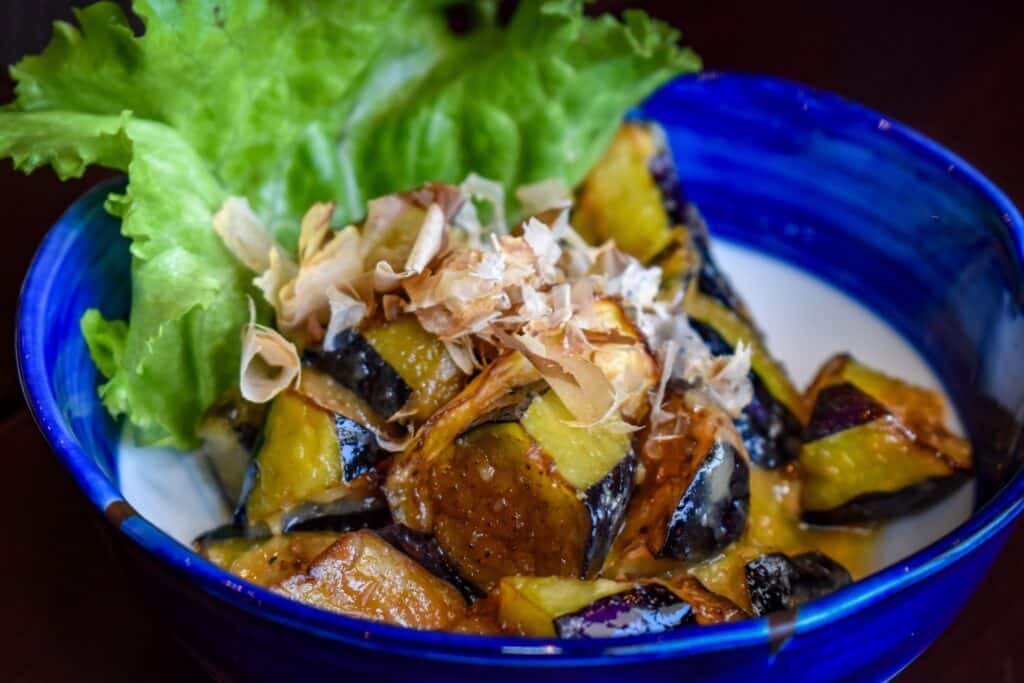
“I met Kei-San through golf during COVID,” the chef recalled, referring to the previous sushi master of the space. “He had closed his sushi bar to the public and was only doing takeout for select guests. Eventually, the couple who introduced us brought me into their Monday foursome.”
That friendship would evolve into an unexpected opportunity. The sushi chef, now 84, had decided it was time to step away from the industry and retire to Las Vegas. “He just wanted to get out,” the chef said. “He sold his house here on the hill and was ready to move on.”
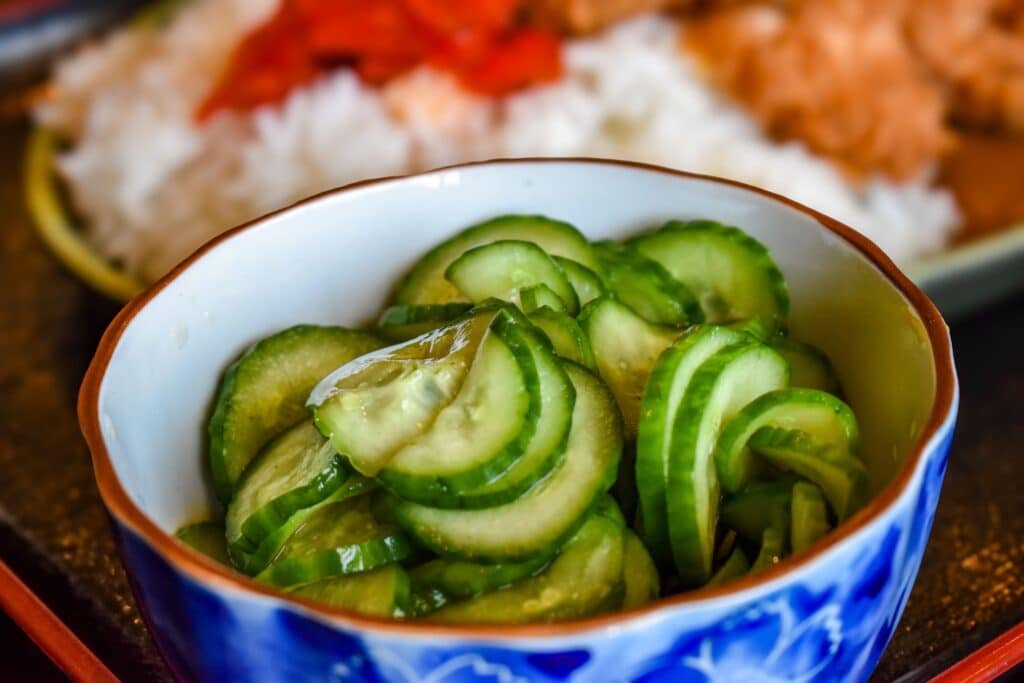
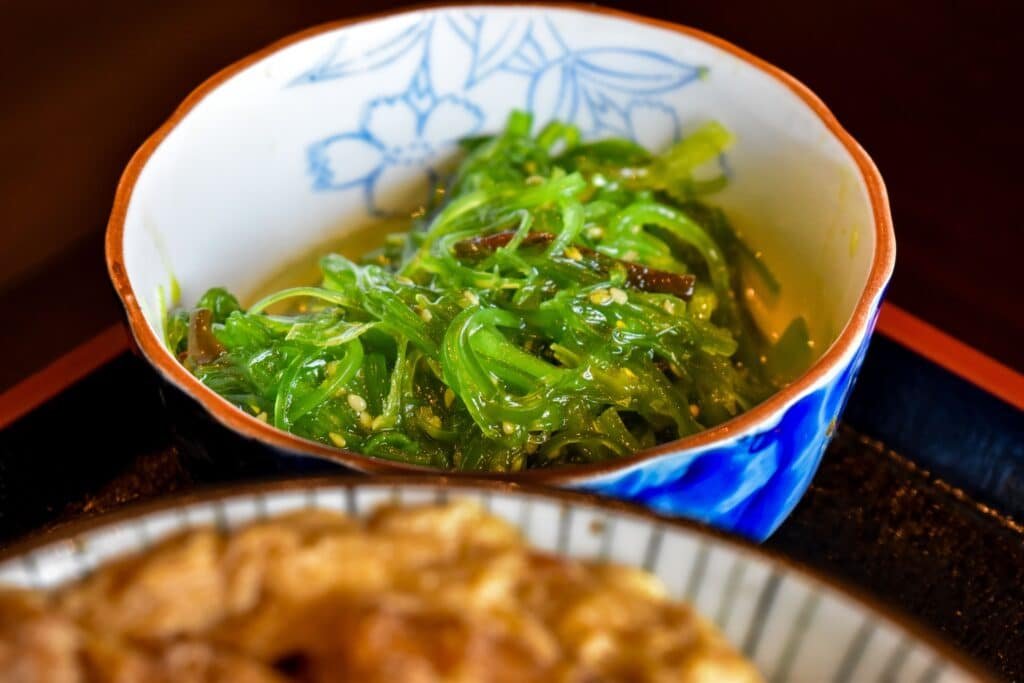
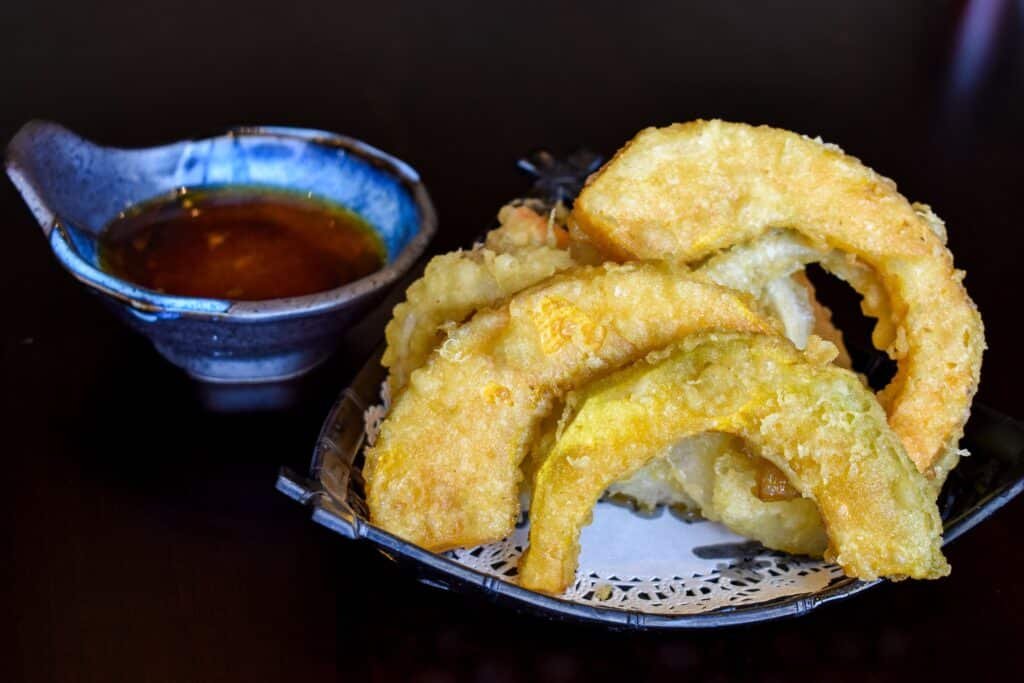
Tanuki was, indeed, a family effort.
One thing Chef Erwin knew: Sushi didn’t really align with the neighborhood or the space—despite Kei-San building up a loyal following. “It needed something different, a destination spot,” Chef Erwin said. “A sushi place would need a full-time owner at the counter, like he was. And I couldn’t be that—I was still working out [of my own sushi bar, Kihon] in Naples.”
The concept was sparked by his son, who had studied in Tokyo for a year and ate Japanese curry nearly every single day for lunch. “We were at the dining table when he said, ‘What about curry?’ I said, ‘I hate curry’—like I always do,” he said, laughing. “But we talked more. And I realized, maybe I could learn to love it if I developed it myself.”
And that’s exactly what he did.
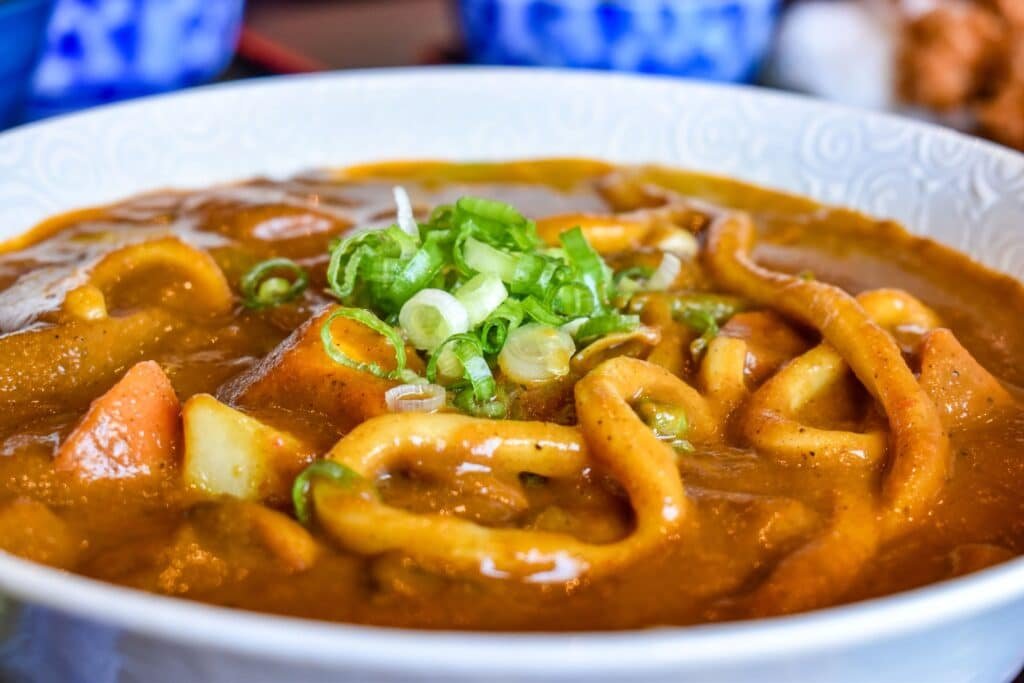
The development of Tanuki’s curry spans the Southland and months of trial and error.
He scoured the Southland for inspiration—Gardena, Costa Mesa, Torrance. “I researched everything,” he said. “Curry to me is like any sauce—built with layers. You start with the roux, you add depth, you balance the meat, broth, aromatics…”
Getting it just right wasn’t easy. “We went through four or five versions before it clicked,” he said. “And when we had to scale it for batching? That was a whole different beast. We had a few flops early on. People came in and said something was off. I came in and tasted it—and yeah, it wasn’t right. So we reworked the process. It’s solid now.”
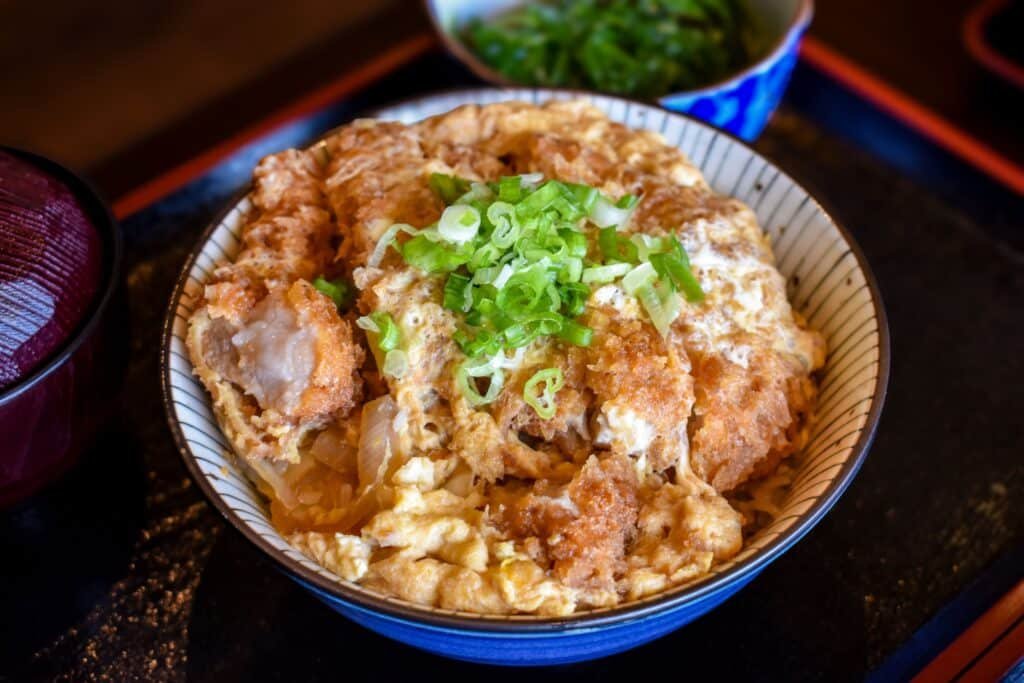
Even the katsu—a respected tradition in Japan—was honed and perfected thanks to Chef Erwin’s use of a vacuum marinade tumbler. First, the meat and marinade are sealed inside a drum, and the air is removed to create a vacuum. And this causes the meat’s fibers to expand and open up. As the drum slowly rotates, the meat is gently tumbled, allowing the marinade to seep into those expanded cells. Once the vacuum is released and normal pressure returns, it pushes the marinade even deeper into the tissue, resulting in a more flavorful and evenly seasoned product in a fraction of the time.
And, in the case of Tanuki’s katsu—especially its pork version—a wonderfully tender, moist cutlet.
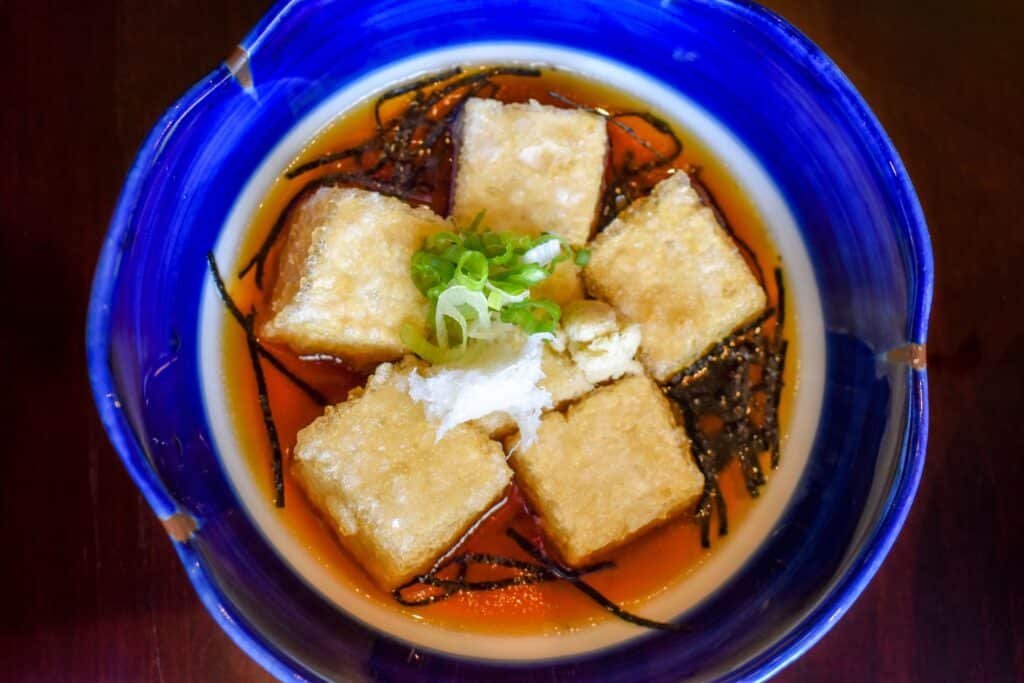
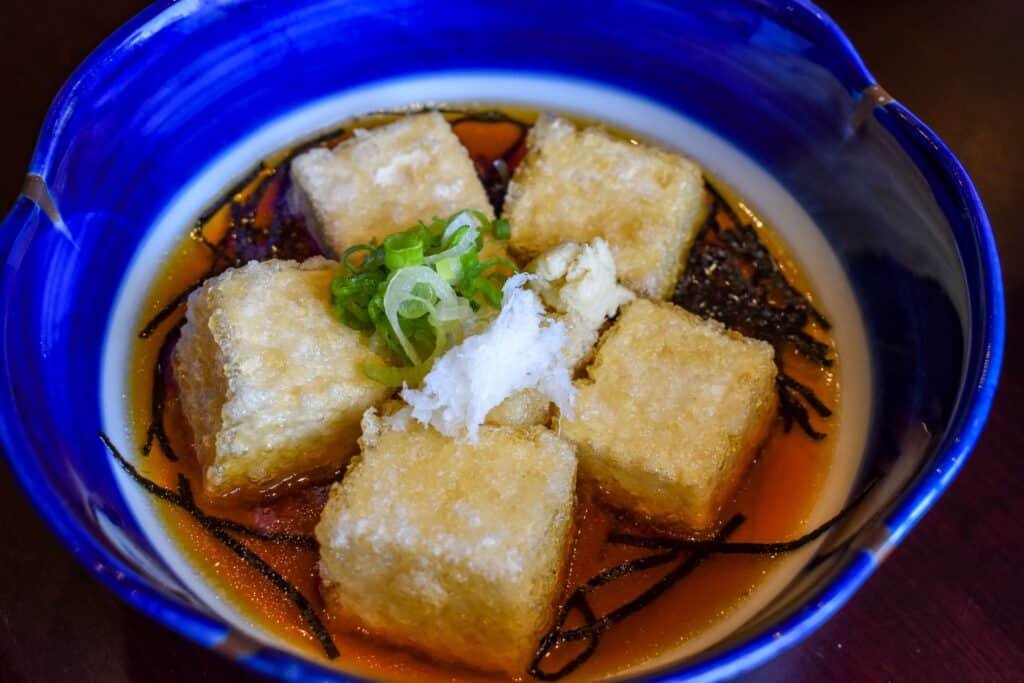
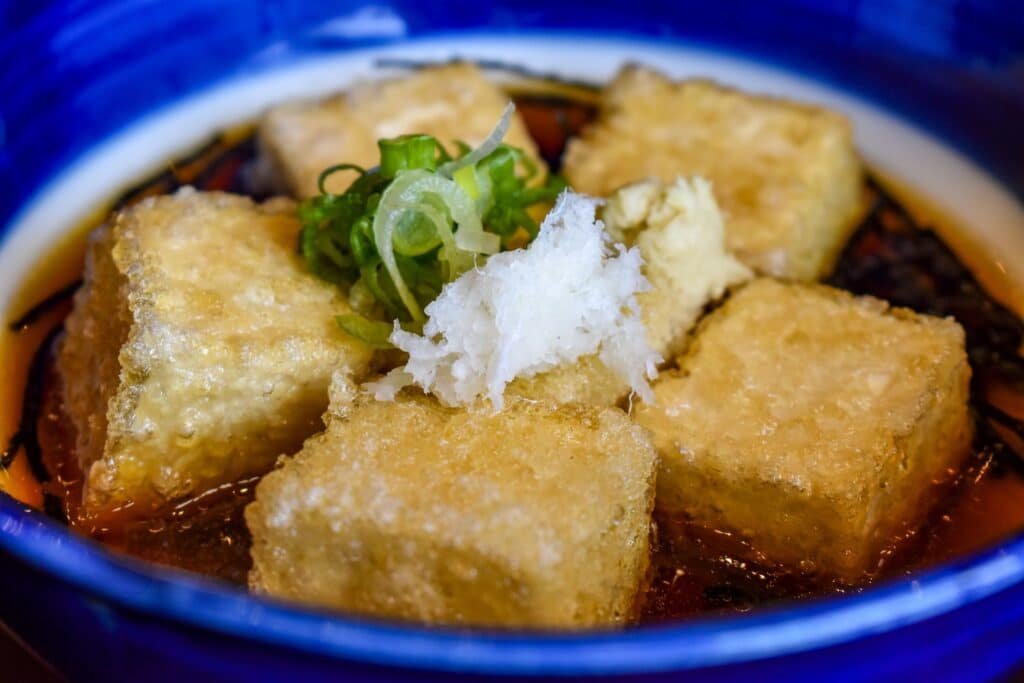
Tanuki Curry House isn’t about spicy because Japanese curry isn’t about spicy.
There’s other beautiful dishes. A miso-glazed eggplant—a staple brought over from Kihon—that is as addictive as it is surprising. Fried tofu in a dashi bath. Perfect curry fries. But if you’re looking for fire, though, Tanuki won’t bring the heat—and that’s intentional.
“Japanese food isn’t really spicy,” he said. “People compare us to other curry places, and I get it. But we’re staying true to what we believe this should be. We do put out some spice shakers: one with ichimi togarashi, another with garam masala and chili. But no ‘spice level’ options. This is how it’s meant to be enjoyed.”
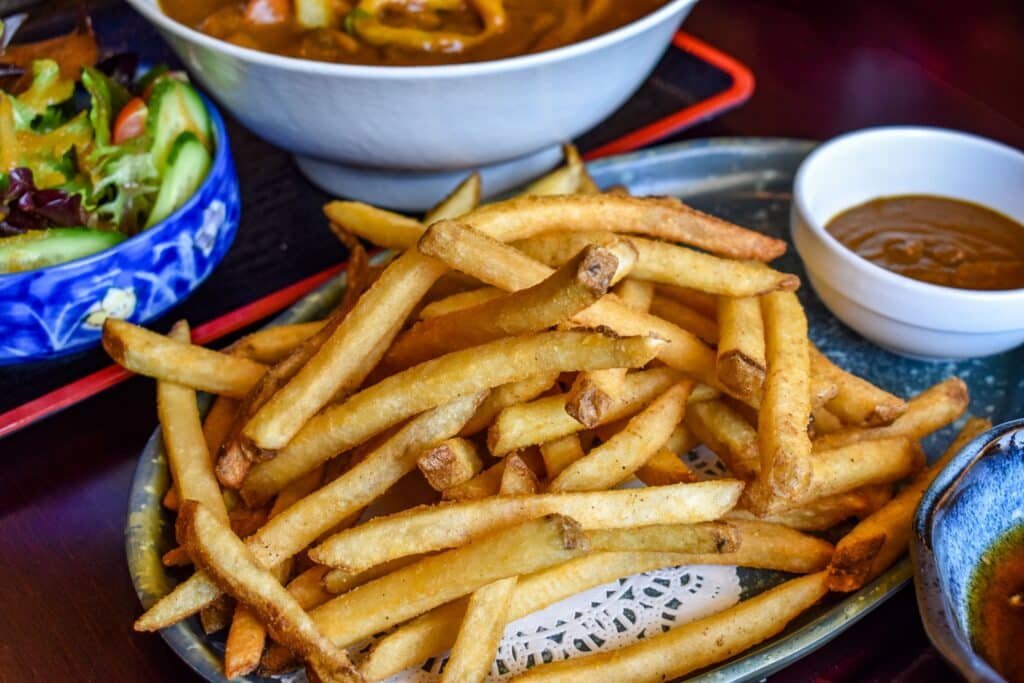
The rest of the menu continues the theme: udon, katsudon, teriyaki, tempura…
And while he toys with the idea of expanding—or even streamlining—the concept, the heart of Tanuki Curry House remains the same: a deeply personal journey of finding joy in a dish once hated, celebrating the simplicity of Japanese flavors, and honoring a culinary legacy passed through golf rounds, quiet mentorship, and a deep respect for the work.
Tanuki Curry House is located at 2201 E. Willow St. in Suite G in Signal Hill.

